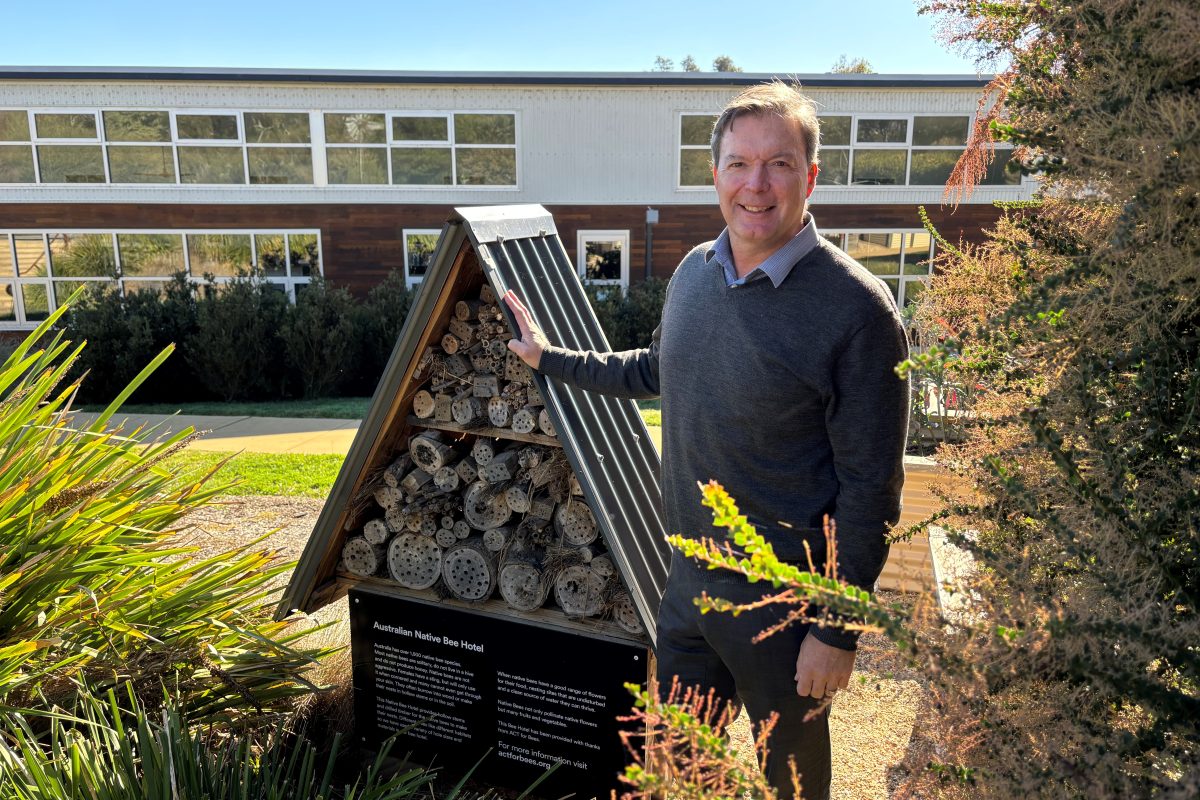Why we need to change our relationship with snakes
As Canberra becomes warmer, and long summer days mean exploring the beautiful bush trails in the region, one thought lingers at the back of everyone’s mind – snakes! While Canberra is home to some of the world’s most dangerous species, one man is on a mission to change their negative reputation for good.
After moving to Canberra from Scotland, Gavin Smith quickly fell in love with Australia’s snake species – drawn towards their beauty, biodiversity and rich history for First Nations Australians. As Gavin explains, each species places a vital role in maintaining our delicate ecosystem.
“They have been here for a very long time and are absolutely critical to our ecosystems. They also play an amazing role culturally as well. The Rainbow Serpent plays such an important part in the history of First Nations’ culture. And Eastern Browns play a pivotal role in controlling the speed in which rodents can reproduce.”
While Gavin is deeply passionate about all snake species, he does focus much of his research on the well-known Eastern Brown.
It’s one of Australia’s most venomous snakes, whose effortless adaptivity means that it’s no stranger to popping up in backyards, verandas and – on occasion – inside of houses. Understandably, this innovative snake has developed a tense relationship with humans, something Gavin wants the public to rethink.
“The Eastern Brown Snake is a chronically under-researched snake. Despite the fact that it is living in one of the most populated areas of Australia and it’s one that people really fear, there is a lot of hostility towards this snake for a whole range of cultural and historical reasons – perhaps also compounded by hard-wired instinctual processes, snakes are animals that are overwhelmingly feared and treated with hostility when they appear,” he says.
“I would argue that a lot of this sentiment derives from a generalised unfamiliarity and misunderstanding of snake behaviour and the widespread circulation of myths about their character.”
In partnership with the Ginninderry Conservation Trust, Gavin’s research project is attaching radio transmitters to Eastern Browns to better understand their complex behaviour and movements after relocation. And by tracking their daily rhythms with up-to-date research, Gavin and the Trust can share these important findings with the public.
“This study will provide data on when and how far brown snakes move, differences in movement activity between male and female snakes – and between snakes of different sizes and conditions, and how sensitive these animals are to place (and thus to being relocated).”
“A major driver of the project is to explore how different brown snakes respond to being caught and then moved into new environments by a growing number of Australian snake catchers, as this is what routinely happens to them when they appear in or on properties. The study also looks at other ecological factors as they relate to brown snakes, such as population dynamics and snake growth rates,” says Gavin.
Gavin’s intimate understanding of snakes means that he can help the public navigate when and how snakes move and give insights into their everyday and social lives. Because underneath this dangerous façade lies the fragility of this species. One that would rather flee than attack – whose habitat is forced to coexist on the fringes of our society. While the Eastern Brown has managed to adapt, species such as the Tiger Snake are struggling to live within this modern environment.
However, Gavin is hopeful that through his conservation work and raising awareness –perhaps, one day, snakes and humans will have the ability to coexist more peacefully.
“Snakes are an intrinsic part of our environment. I think people sometimes forget that they belong here and that we are the visitors in their habitats. In fact, their evolutionary presence in the landscape pre-dates humans by millions of years.
“I would love to have a situation where we don’t need to remove so many snakes from their home ranges and can appreciate their work in keeping the population numbers of pests and other species down.
“While the local snakes we encounter are generally highly venomous, and can be dangerous if handled or provoked, if we can learn to give them the requisite space, calmness, stillness and respect, we really don’t have to worry too much about them,” explains Gavin.


